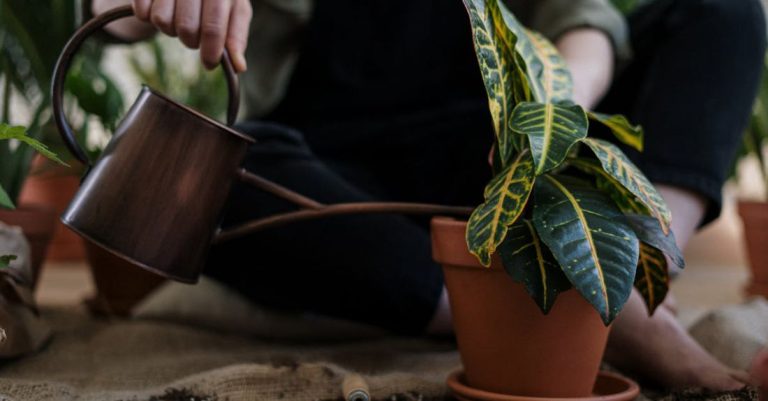
Maintaining a flourishing garden requires proper watering techniques, and one effective method is drip irrigation. This system delivers water directly to the root zone of plants, ensuring they receive the necessary moisture without wastage. Whether you have a small vegetable patch or a sprawling flower bed, installing a drip irrigation system can simplify your watering routine and promote healthier growth in your garden.
Understanding Drip Irrigation
Drip irrigation involves the slow, precise application of water directly to the soil at the base of plants. This method eliminates water evaporation, runoff, and overspray, making it highly efficient and water-saving. By providing a consistent water supply to the plant roots, drip irrigation helps prevent moisture-related issues such as overwatering or underwatering, promoting optimal growth and yield.
Advantages of Drip Irrigation
1. Water Conservation: Drip irrigation significantly reduces water wastage by delivering water directly to the roots, minimizing evaporation and runoff.
2. Improved Plant Health: By ensuring plants receive a consistent water supply at their roots, drip irrigation helps prevent stress and promotes healthier growth.
3. Weed Control: Since drip irrigation targets the plant root zone, it reduces water availability to surrounding weeds, helping suppress weed growth.
Designing Your Drip Irrigation System
Before installing a drip irrigation system in your garden, consider the layout of your plants and the water requirements of each. Determine the water flow rate needed for optimal irrigation and select the appropriate components such as emitters, tubing, and connectors. Position the system to cover the entire garden area efficiently, ensuring each plant receives adequate water.
Installing Your Drip Irrigation System
1. Lay out the tubing: Start by laying out the main tubing along the desired garden rows, ensuring it reaches all plants that require watering.
2. Install emitters: Attach emitters to the tubing at the base of each plant, adjusting the flow rate as needed to match the plant’s water requirements.
3. Connect the system: Use connectors and valves to create a closed-loop system, allowing you to control water flow to different sections of your garden.
4. Test the system: Turn on the water supply and check for leaks or clogs in the tubing and emitters. Adjust the flow rate and positioning of emitters as necessary to ensure even water distribution.
Maintaining Your Drip Irrigation System
Regular maintenance is essential to keep your drip irrigation system functioning optimally. Inspect the tubing and emitters for damage or clogs, and replace any faulty components promptly. Monitor the water flow and adjust the system as needed to accommodate changes in plant growth or water requirements.
Maximizing the Benefits of Drip Irrigation
To make the most of your drip irrigation system, consider incorporating a timer or moisture sensor to automate watering based on plant needs. Adjust the watering schedule according to weather conditions and plant growth stages, ensuring optimal moisture levels for healthy plant development. By fine-tuning your drip irrigation system, you can enjoy a thriving garden with minimal effort and water usage.
Incorporating Drip Irrigation Into Your Garden Routine
By implementing a drip irrigation system in your garden, you can streamline your watering process and promote healthier plant growth. With its water-saving benefits and precise delivery method, drip irrigation offers an efficient solution for maintaining a lush and thriving garden. Take the time to design and install a drip irrigation system tailored to your garden’s specific needs, and enjoy the rewards of a well-hydrated and flourishing garden all season long.





